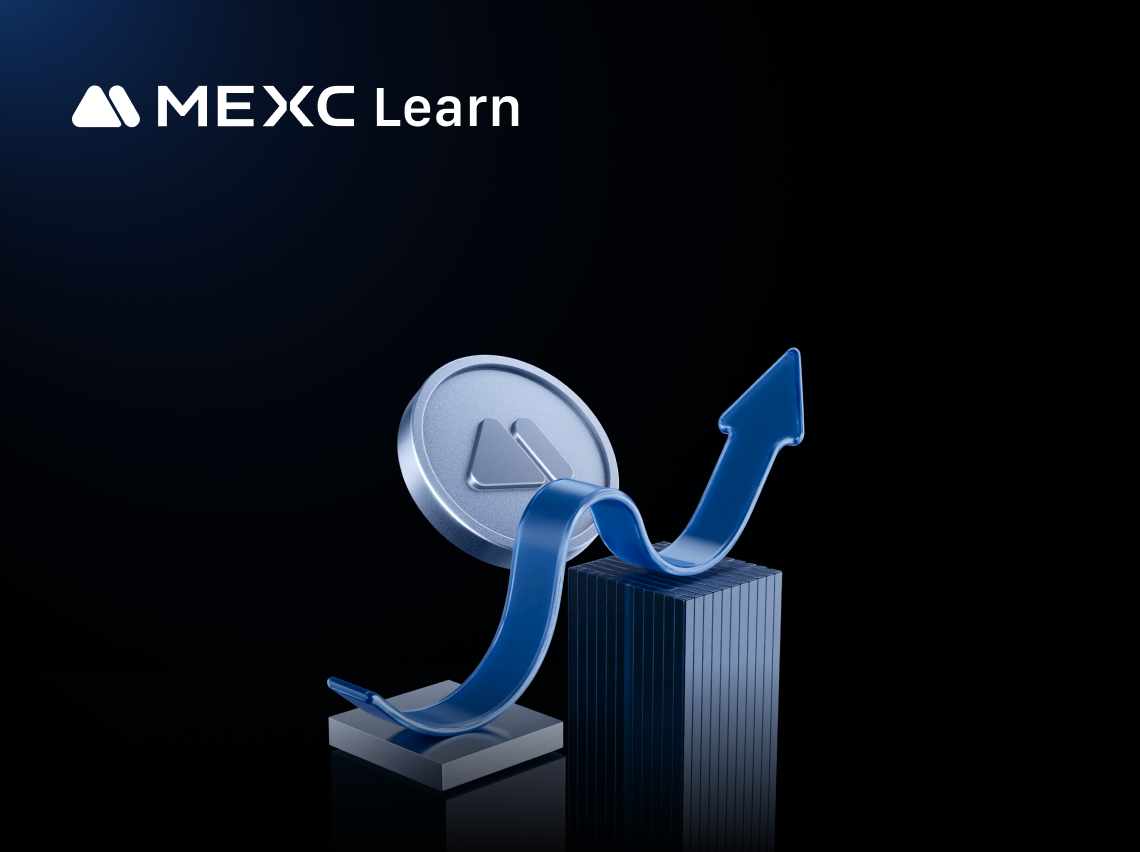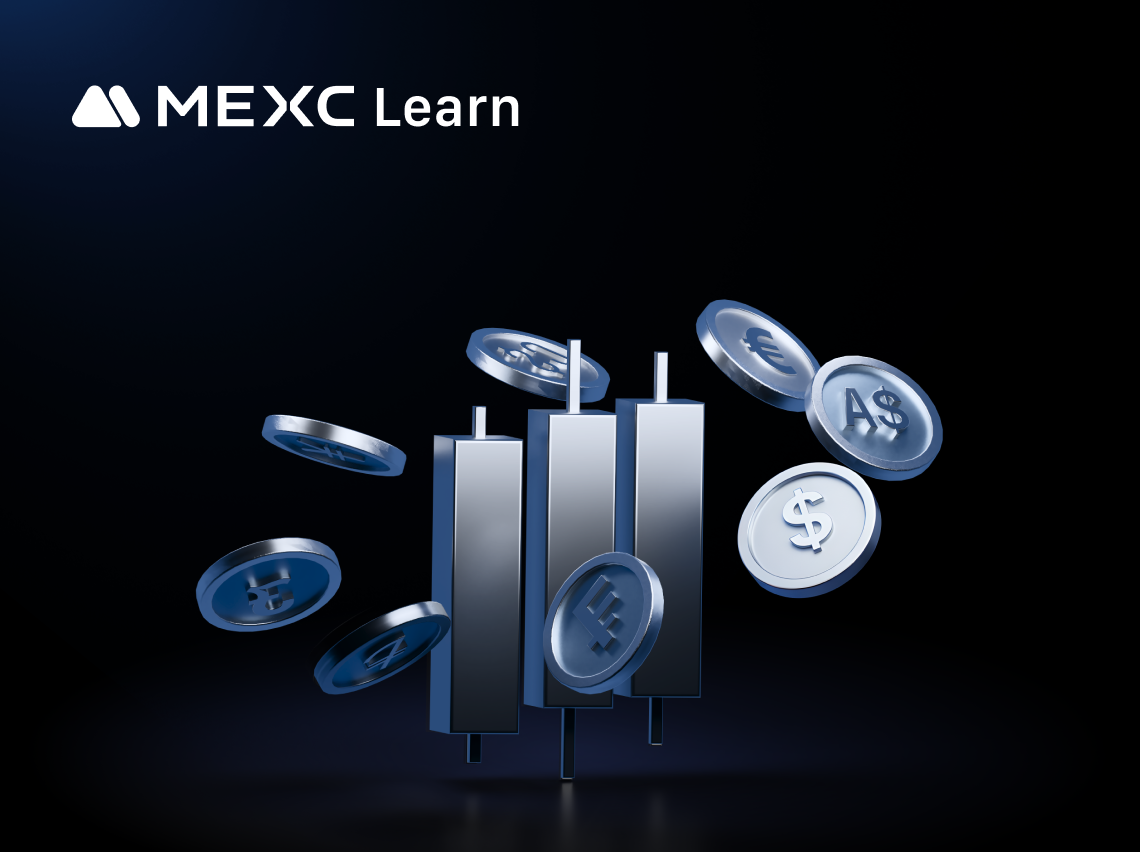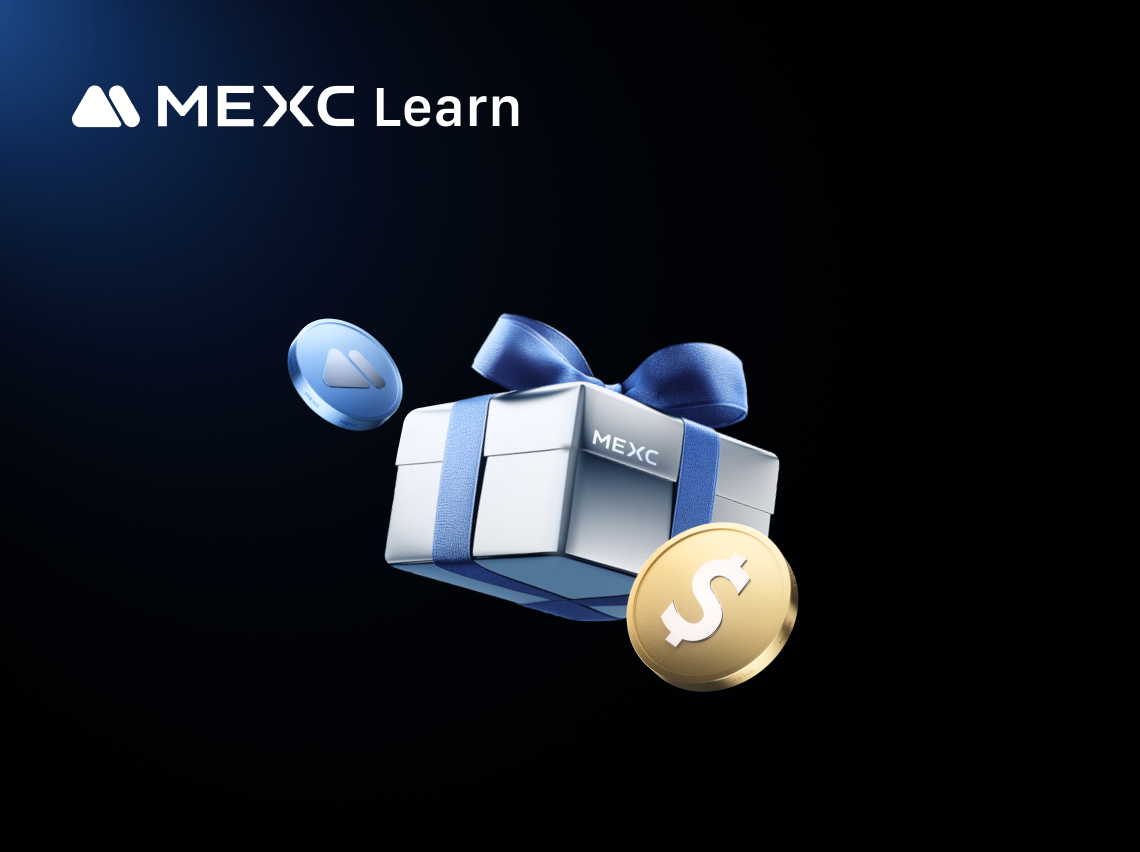Powell’s Rate Cuts & ETH ATH: What’s Driving the Market Rally?


1. Powell’s Shift: From “Holding the Line” to Dovish Hints
2. Is the Dovish Signal Overdone?
3. The Logic Behind ETH’s Surge: Narrative, Sentiment, and Structural Forces
3.1 Short Squeeze in Options and Sentiment Overlap

3.2 Institutional Entry

3.3 Ethereum Ecosystem Expansion
- Layer 2 Solutions: With mainnet transaction fees remaining elevated, Layer 2 solutions have become essential for easing network congestion and lowering costs. Platforms such as Arbitrum continue to post high daily trading volumes, underscoring demand for efficient, low-cost transaction options.
- Staking Boom: Ethereum staking remains in high demand, driving the growth of liquid staking protocols like Lido, whose TVL has continued to expand. The prosperity of the staking market has both increased ETH lock-up levels and reinforced confidence in ETH’s long-term value.
- Infrastructure Improvement: Ongoing enhancements to Ethereum’s infrastructure are making development more seamless and accessible, attracting more developers and projects to the ecosystem. This in turn drives greater application adoption and boosts ETH’s intrinsic value.
3.4 Financialization and Renewed Risk Appetite
4. ETH Outlook and the Pace of Policy Implementation
5. Can Ethereum Ecosystem Projects Lead the Next Breakthrough?
5.1 BMNR (BitMine Immersion Tech)

5.2 ENA (Ethena)
5.3 PENDLE
6. Conclusion
- MEXC Trading Platform Features Gain a deeper understanding of the advantages and features of MEXC Futures to seize opportunities in the market.
- MEXC Futures Trading Tutorial (App) A detailed walkthrough of how to trade Futures on the MEXC App — making it easy to get started and trade with confidence.
Popular Articles

What Is Liquid Staking and How Does It Work?
Traditional crypto staking forces you to lock up your assets for months, leaving you unable to trade or use them elsewhere. Liquid staking changes this by letting you earn staking rewards while keepin

What is Rayls (RLS)?A Complete Introduction to Blockchain for Banks
Key Takeaways1)Rayls is a blockchain built specifically for banks and financial institutions, enabling compliant, private, and scalable on-chain financial services.2)It unifies TradFi and DeFi by comb

What is MEXC DEX+? Complete Trading Guide for DEX Aggregator
Key Takeaways:MEXC DEX+ combines centralized exchange convenience with decentralized trading access across four major blockchain networks.Trade over 10,000 tokens without managing private keys or

Calculation of Futures Yield and Trading Fees
When trading futures on MEXC or other major exchanges, your trading PNL is based on three components:Trading Fees: The cost incurred during the transaction.Funding Fees: Periodic settlements based on
Hot Crypto Updates

Nine-Figure Net Worth: The New Milestone in Wealth Creation
The concept of nine-figure net worth, ranging from $100 million to just under $1 billion, marks a critical threshold in the modern economy distinguishing ultra-high-net-worth individuals (UHNWIs) from

Dogecoin (DOGE) Bullish Price Prediction
Introduction to Bullish DOGE OutlookOptimistic investors often look to bullish price predictions for Dogecoin (DOGE) to identify the coin's growth potential during favorable market cycles. A bullish o

Dogecoin (DOGE) 7-day Price Change
The Latest Dogecoin (DOGE) price has shown notable short-term fluctuations over the past week, reflecting shifting sentiment around meme coins and broader market conditions. In this article, we'll exa

BOB (BOB) Price Updates: Latest Market Movements and Cryptocurrency Trading Insights
Staying updated with the latest price updates of BOB (BOB) helps crypto traders and investors monitor market shifts, track cryptocurrency volatility, and make timely investment decisions in the crypto
Trending News

LINK Rejected Again, Is $14 the Start of a Bigger Drop?
The post LINK Rejected Again, Is $14 the Start of a Bigger Drop? appeared on BitcoinEthereumNews.com. Key Insights: LINK trades below $14 after a sharp rejection

Best Crypto to Buy as Saylor & Crypto Execs Meet in US Treasury Council
The post Best Crypto to Buy as Saylor & Crypto Execs Meet in US Treasury Council appeared on BitcoinEthereumNews.com. Michael Saylor and a group of crypto executives met in Washington, D.C. yesterday

XRP Could Hit Double-Digit Levels, Says Analyst Following Major Bifrost Bridge Update
Market analyst EGRAG Crypto stated that XRP’s macro structure remains “fully intact” as the token trends toward higher price targets. The analysis comes as XRP

OpenAI’s GPT-5.2 Enhances AI Capabilities
OpenAI's GPT-5.2 offers significant advancements in AI capabilities. Professional task efficiency could be drastically improved with GPT-5.2. Continue Reading:OpenAI
Related Articles

First Line of Defense: How Risk Controls Protect Users and Market Integrity
In the world of crypto trading, risk control is often misunderstood as a set of restrictions imposed on users by platforms. In reality, it is the financial industry's safety net, a critical mechanism

What Is Ethereum’s Fusaka Upgrade? A Complete 2025 Guide to the Most Important Ethereum Network Upgrade
1. Background: Why Ethereum Needs the Fusaka Upgrade Ethereum has entered a clear “rollup-first” era. Instead of processing all user transactions directly on Layer 1, the network is evolving into a gl

What is Chiliz (CHZ)? The World's First Blockchain for Sports and Entertainment
TL;DR1) Professional Positioning: Chiliz Chain is the world's first blockchain dedicated to sports and entertainment, partnering with over 70 elite sports teams worldwide.2) Fan Token Innovation: Thro

What is Ethena? A Complete Guide to the Crypto-Native Synthetic Dollar Protocol
TL;DR1) USDe is a synthetic dollar, not a fiat-backed stablecoin: It is backed by crypto assets and corresponding short futures positions instead of traditional fiat reserves.2) Delta-hedging ensures
